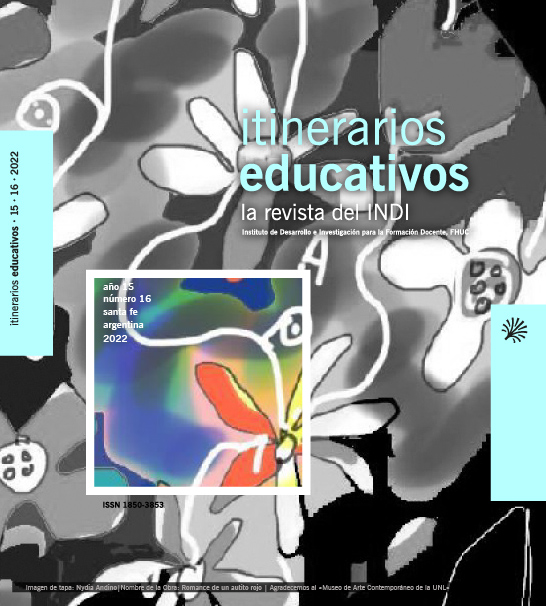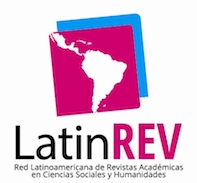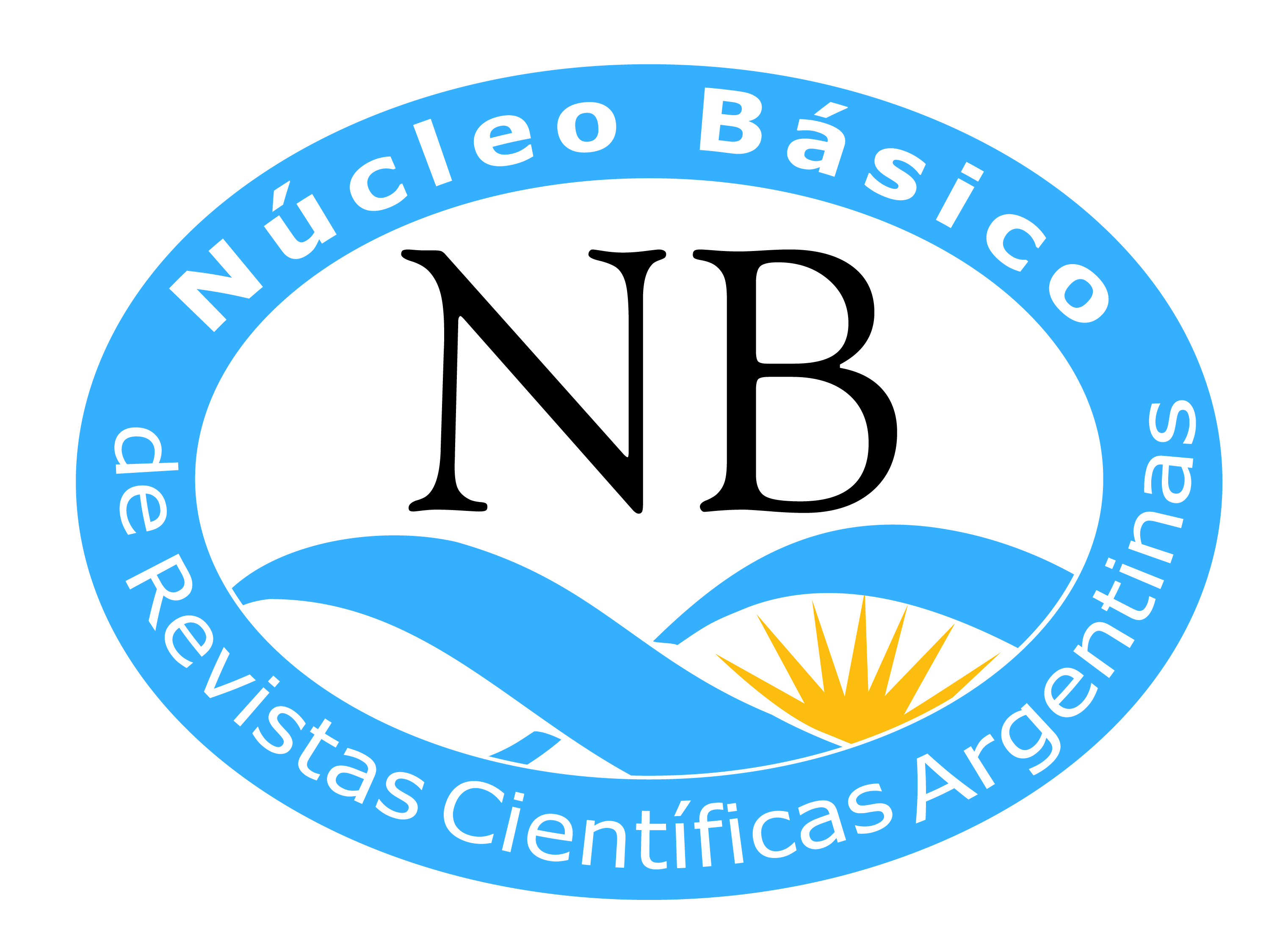The crisis of the principle of selectivity in secondary school and its implications for school work organization
DOI:
https://doi.org/10.14409/ie.2022.16.e0022Abstract
This article analyzes a set of transformations here called the crisis of the principle of selectivity with unequal integration in secondary school. From a historical perspective, the founding features of secondary school are: selectivity, encyclopedism, and its weakening since the mid–20th century. We also discuss the convergence of new social sectors that gained access to secondary school, the recognition of education as a right, and the changes in curricula, teaching perspectives and school work organization. This enables criticism of secondary school to be inscribed —according to school performance, overage attendance, grade repetition, and graduation rates— in dynamic processes that hold, reconfigure and give birth to new educational inequalities. Finally, we provide interpretations on some tensions in schooling processes, focusing on the emergence of new schooling modalities that, contrarily to their intention, tend to fragment the pedagogical dimension of the secondary level. These structural and pedagogical key aspects gain relevance in the current return to full face–to–face attendance, since even with greater educational investments and improved socioeconomic and schooling conditions, the main challenge remains pedagogical.
Downloads
Published
How to Cite
Issue
Section
License
Those authors who have publications with this magazine, accept the following terms:
The authors will retain their copyright and guarantee the journal the right of first publication of their work,
which will be simultaneously subject to the Creative Commons Recognition License that allows third parties to share
the work whenever its author and first publication this magazine.
Authors may adopt other non-exclusive licensing agreements for the distribution of the published work (eg, deposit
it in an institutional telematic file or publish it in a monographic volume) whenever the initial publication in this
journal is indicated.
Authors are allowed and advised to disseminate their work through the Internet (eg, in institutional telematic files
or on their website) before and during the submission process, which can produce interesting exchanges and increase
citations of the published work. (See The effect of open access).
















